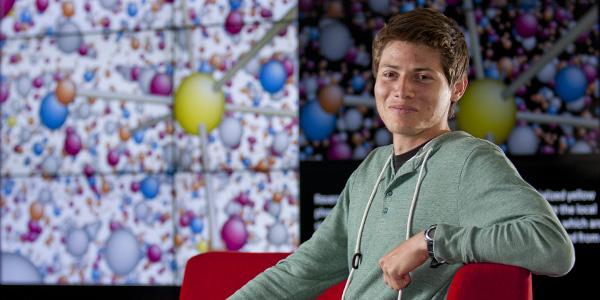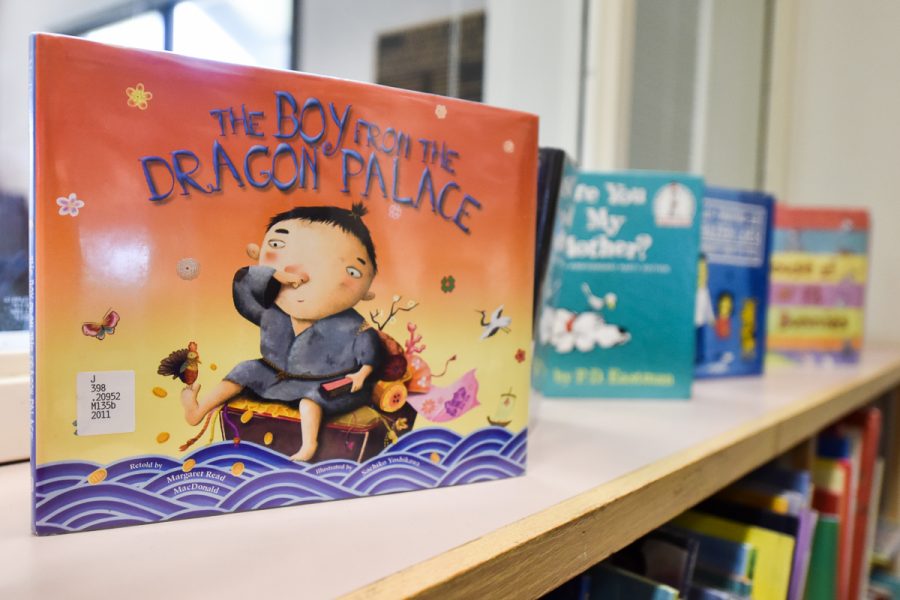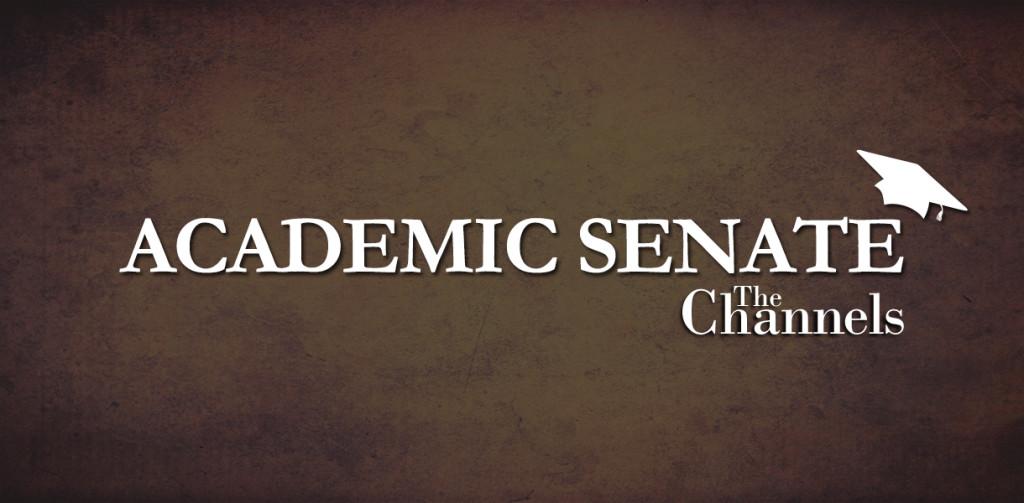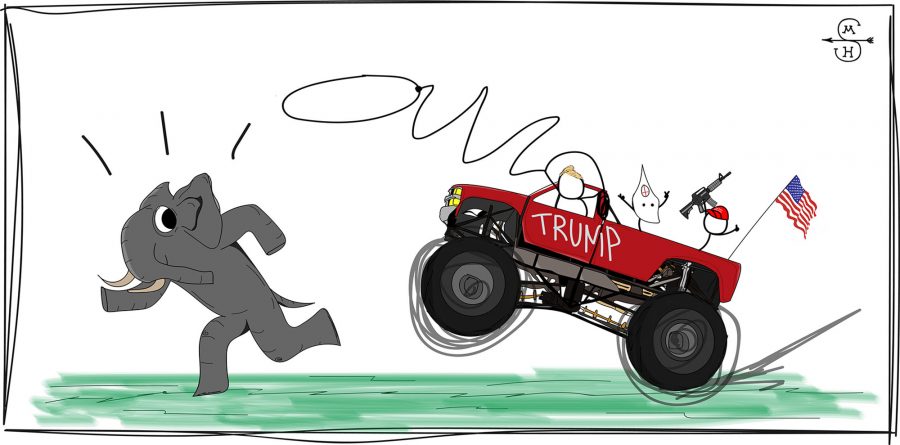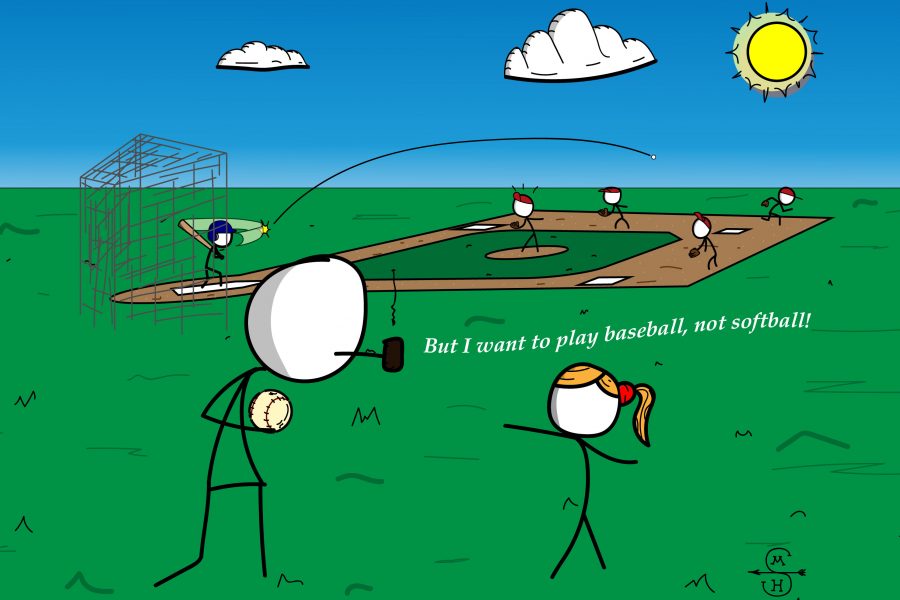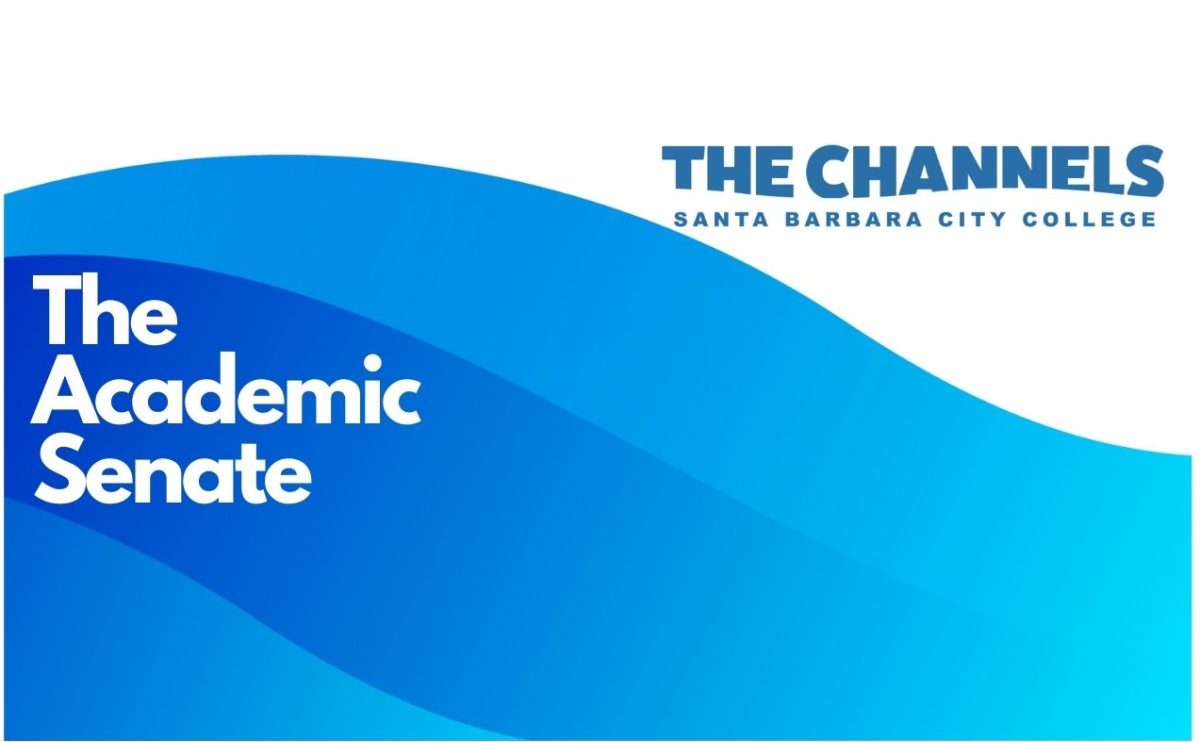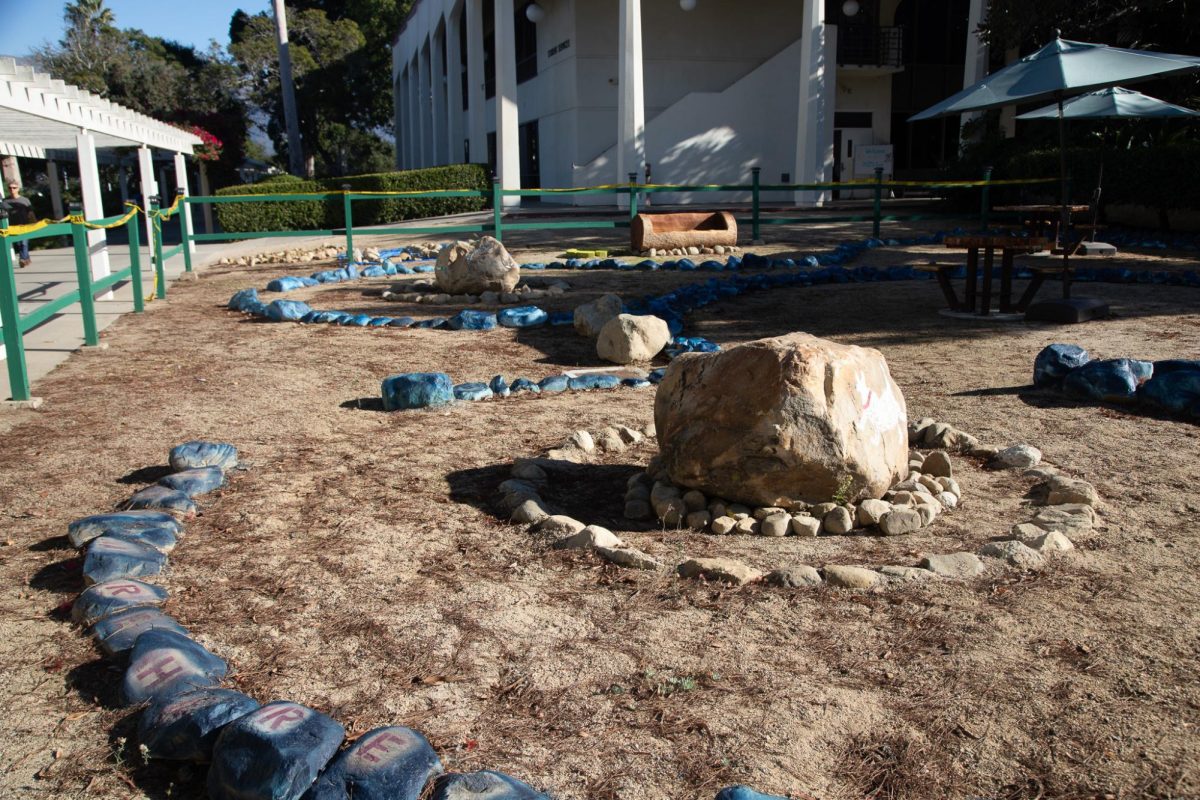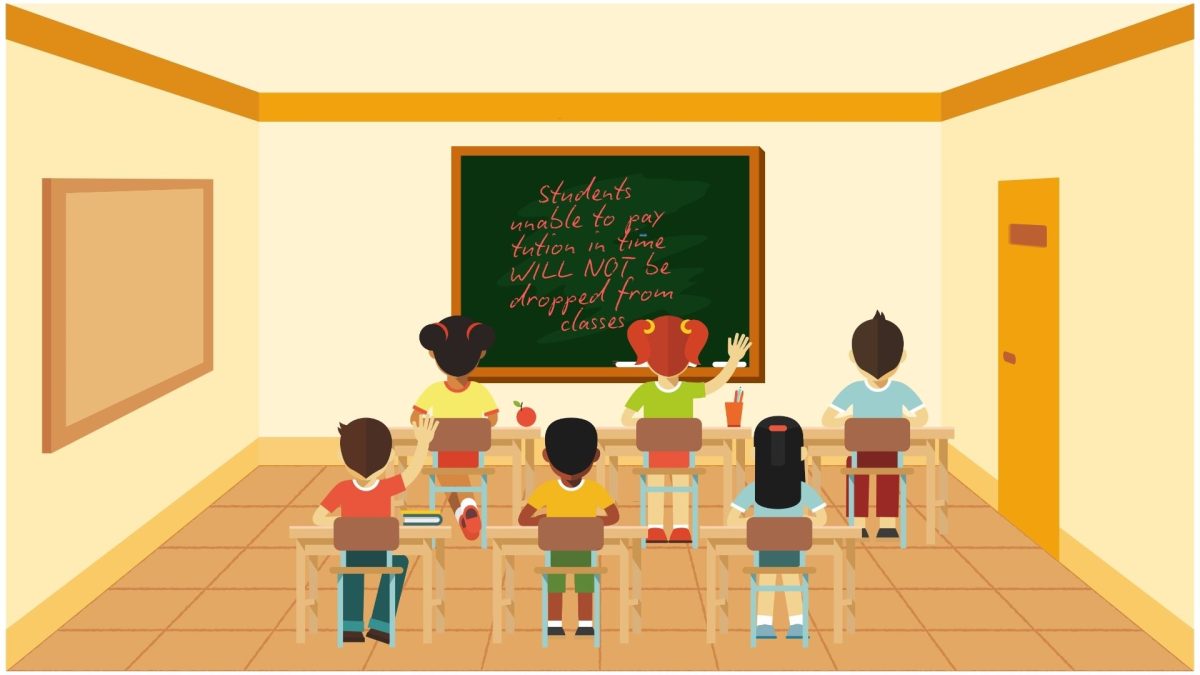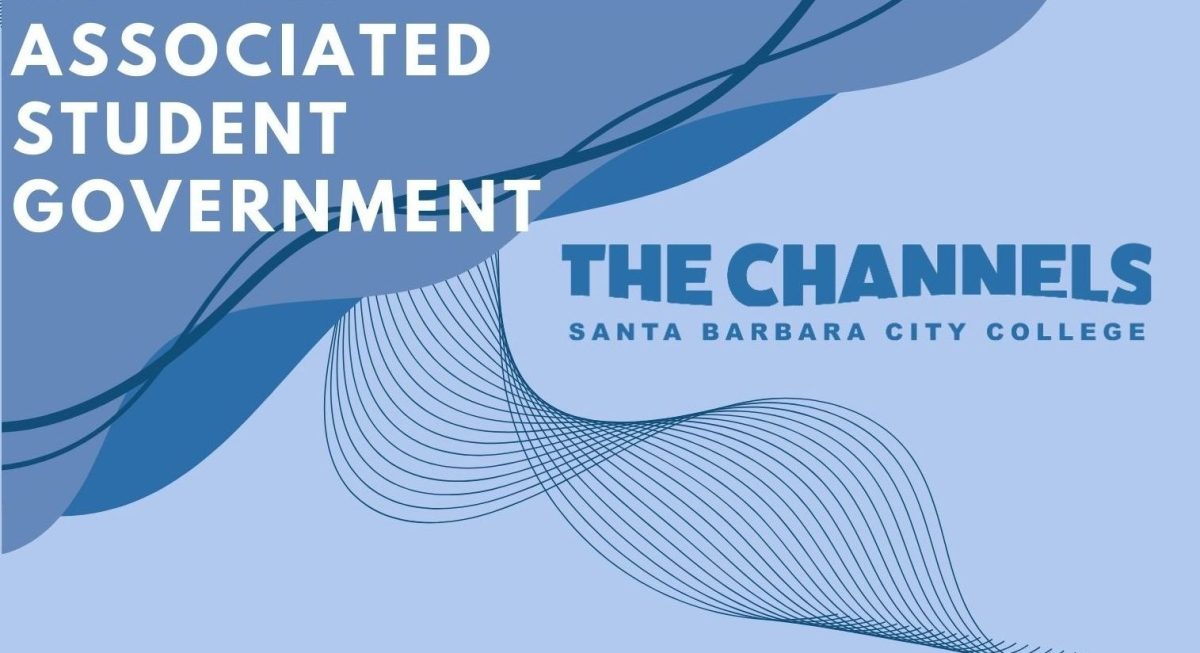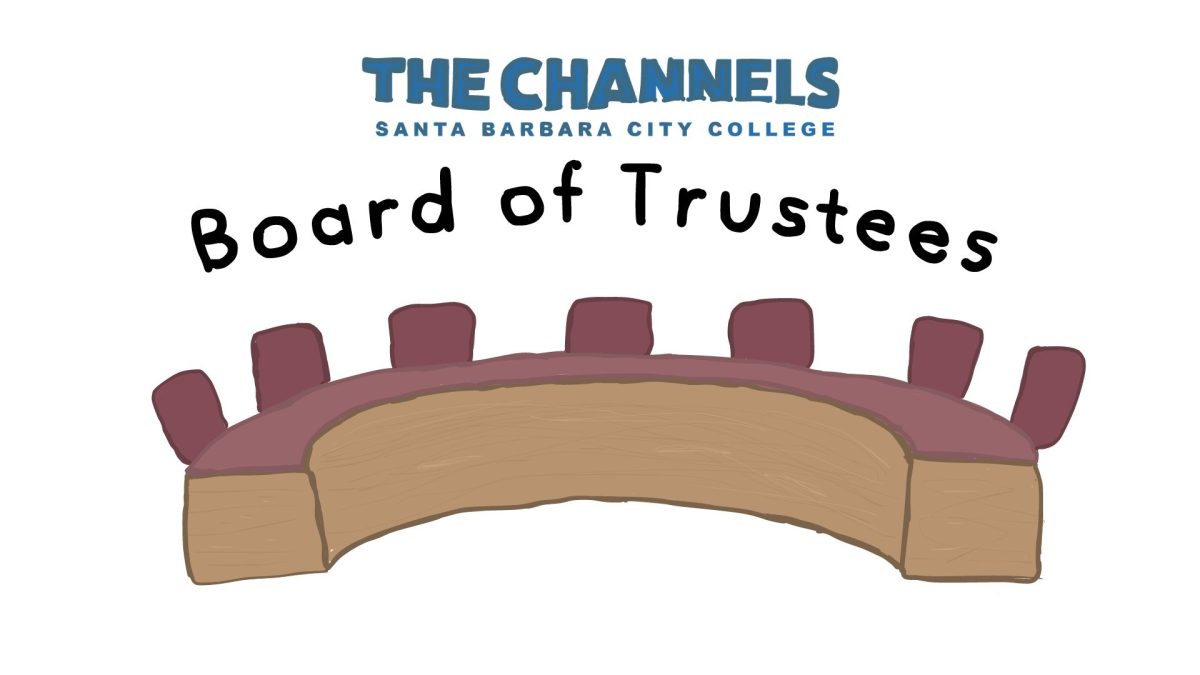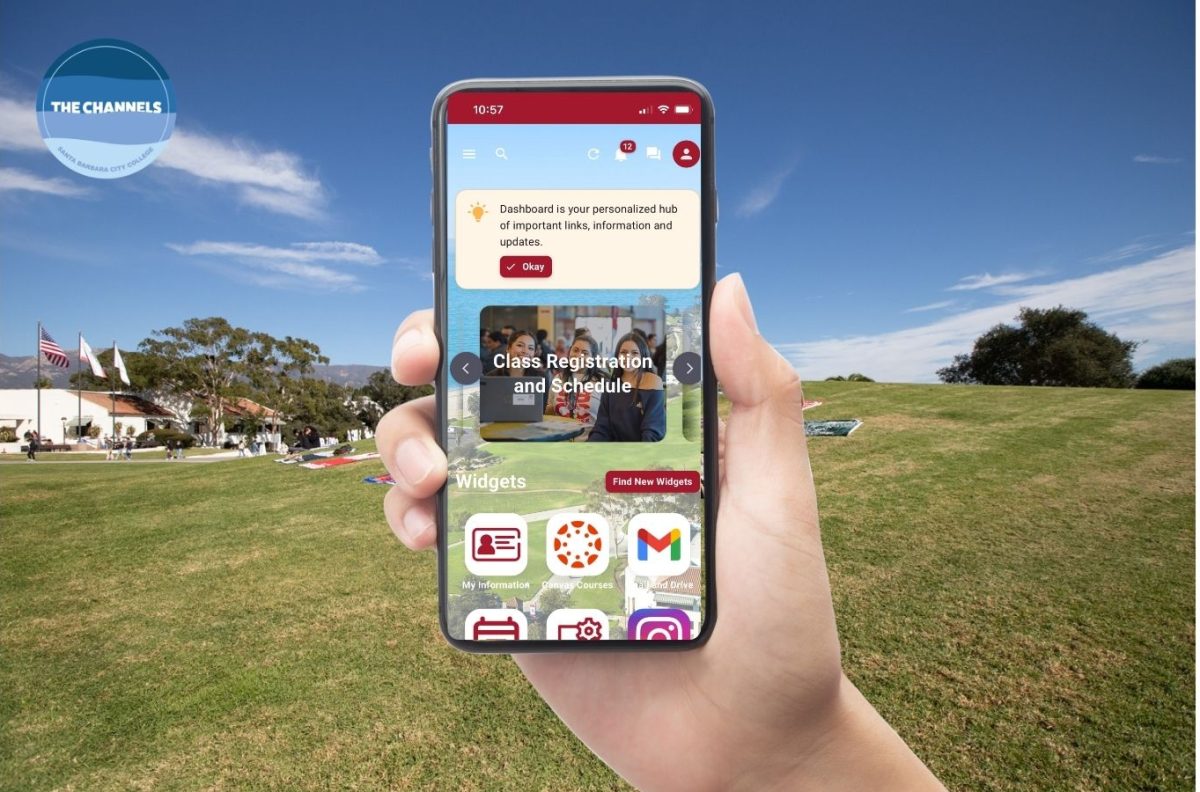One City College student was chosen for a NASA summer internship to test and design nanomaterials that can cool detectors to just above -459 degrees Fahrenheit, to better capture high-quality images in space.
“A condensed matter physicist [called, and] that’s one of my favorite fields in science,” said Robert Salazar, 21. “He had a project that sounded really incredible. I immediately accepted.”
Salazar, originally from San Bernardino, Calif., is a geology, physics, astronomy and mathematics major. An internship at UC Santa Barbara last summer led to his discovery of a photoacoustic metal, potentially useful for ultrasound machines.
He was invited to present his research at multiple universities and conferences in the nation. Now, he’s curious about NASA.
“He’s sort of a naturalist kind of guy,” said geology professor Jeff Meyer. “He’s … aggressively following these different paths [and] you’d think a person would be following just one of those paths but … not him.”
In March, Salazar applied for eight internships through NASA and was given an offer to help develop a test tube for soil samplings from planet Mars. But Salazar said he wanted to work with geology and this project would not allow him to do so.
“I’d be working with geologists but the geology had already been done on the project so I wasn’t interested,” he said. “I was like, ‘Great, I got my first [offer] and I turned it down,’ but it didn’t feel right.”
On April 16, he got a call from Dr. Chuck Hays, a condensed matter physicist and senior research technologist for the Jet Propulsion Laboratory – a division of the California Institute of Technology under NASA, located in Pasadena, Calif.
Salazar was offered a spot in the NASA Undergraduate Student Research Program, led by Dr. Jean-Pierre Fleurial, one of the world’s leading experts in developing thermoelectric materials for space applications, to assist in the design and testing of new materials beneficial to space craft.
“We cool these instruments down to take images of the x-rays emitted from black holes in far away galaxies,” said Hays. “The quality of the images improves when the detectors are cooled to just above absolute zero 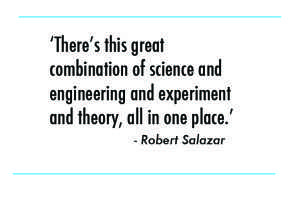 kelvin.” (-459 degrees Fahrenheit.)
kelvin.” (-459 degrees Fahrenheit.)
He said Salazar had the right interest level for a project like this.
“I’m extraordinarily pleased,” said Salazar. “The spot that did come out turned out to be exactly what I wanted to do. [Hays] told me that I had a good background for the things that he wanted me to do.”
Hays has had more than 50 students in his internships since he was hired in 2001. He said he isn’t looking for years of experience in an undergraduate student, but that he wants them to learn and enjoy the experience.
“A big reason why Robert was chosen is because of how he stands out when it comes to working with his professors, helping them with their research,” said Hays. “That sets you apart from other students.”
Hays and Fleurial will work as Salazar’s mentors during the 10-week long summer internship starting June 17.
Salazar said he is “pretty excited” to work for NASA because the science they do has real-world influences.
“They’re taking the science and they’re actually building the crafts. They’re sending them to space [and] they’re gathering data,” said Salazar. “There’s this great combination of science and engineering and experiment and theory, all in one place. I like that about NASA.”
When the summer is over, one more year of general education remains before Salazar can transfer to the university of his choice, UC Santa Barbara.


